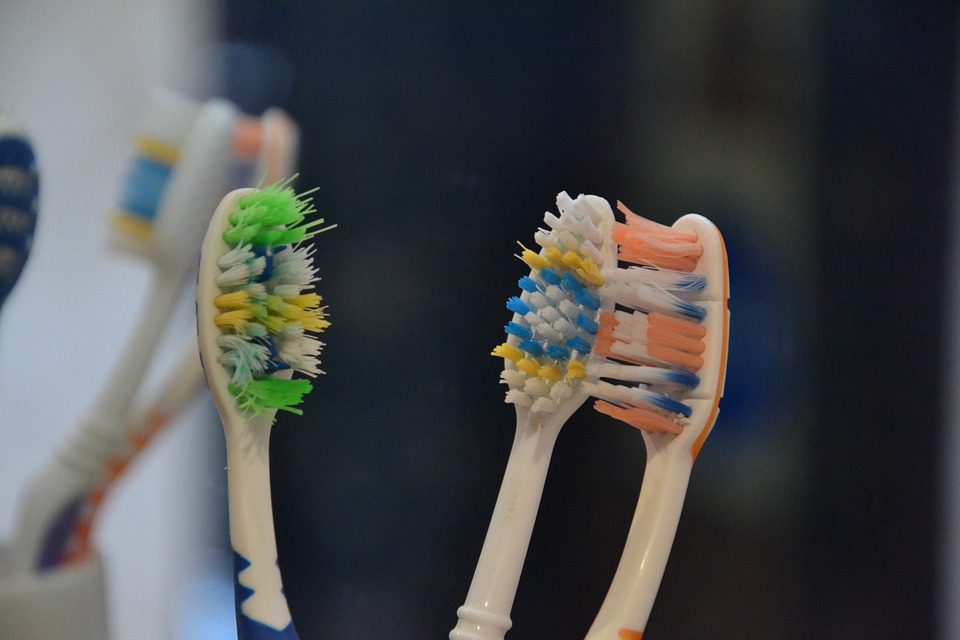Oral hygiene was practiced 5,000 years ago when people frayed the end of a stick by chewing on it. The frayed end was then used to clean the teeth and rub away food debris. The Egyptians and the Babylonians were the first groups of people who cleaned their teeth this way. The early Greeks were also invested in oral hygiene and cleaned their teeth using linen strips, animal bones, feathers, and porcupine quills.

(Pixabay / kropekk_pl)
Between 1498 and 1600, the Chinese first used the predecessor of the modern toothbrush. They pasted pig hair on a handle made of animal bone or bamboo. William Addis became fascinated by this new Chinese invention. He brought a toothbrush to England in 1760. Addis then spent time in an English prison, which gave him plenty of time to improve the invention. His design evolved from using pig’s hair, which was too abrasive, to using the softer hair from horses and cows.
The toothbrush changed significantly during World War I. The demand for animal bones spiked as they were needed for soup stock. To accommodate the change, celluloid replaced the animal bones as the base of the toothbrush. Molten celluloid was poured into molds. Then the bristles were inserted into the cooling celluloid or were stapled into holes that were drilled in the dry celluloid. When Muslims and Jews refused to use the toothbrush because of the animal hair, the leading toothbrush manufacturer switched to nylon brushes. The new toothbrush was introduced to the market in 1938, named Dr. West’s Miracle-Tuft Toothbrush.
The toothbrush continued to improve in tandem with modern technology. The first electric toothbrush was introduced in 1939 in Switzerland. It became available in the U.S. in the 1960s. Squibb introduced the first commercial model of an electric toothbrush, named Broxodent. The electric version was helpful for people who tended to brush their teeth too vigorously, damaging their gums and the enamel of their teeth.
You wouldn’t think that one little hand-held device could have so many iterations, but there seems to be a toothbrush for just about everyone today. In fact, there are more than 3,000 toothbrush-related patents. All the better to brush with.
